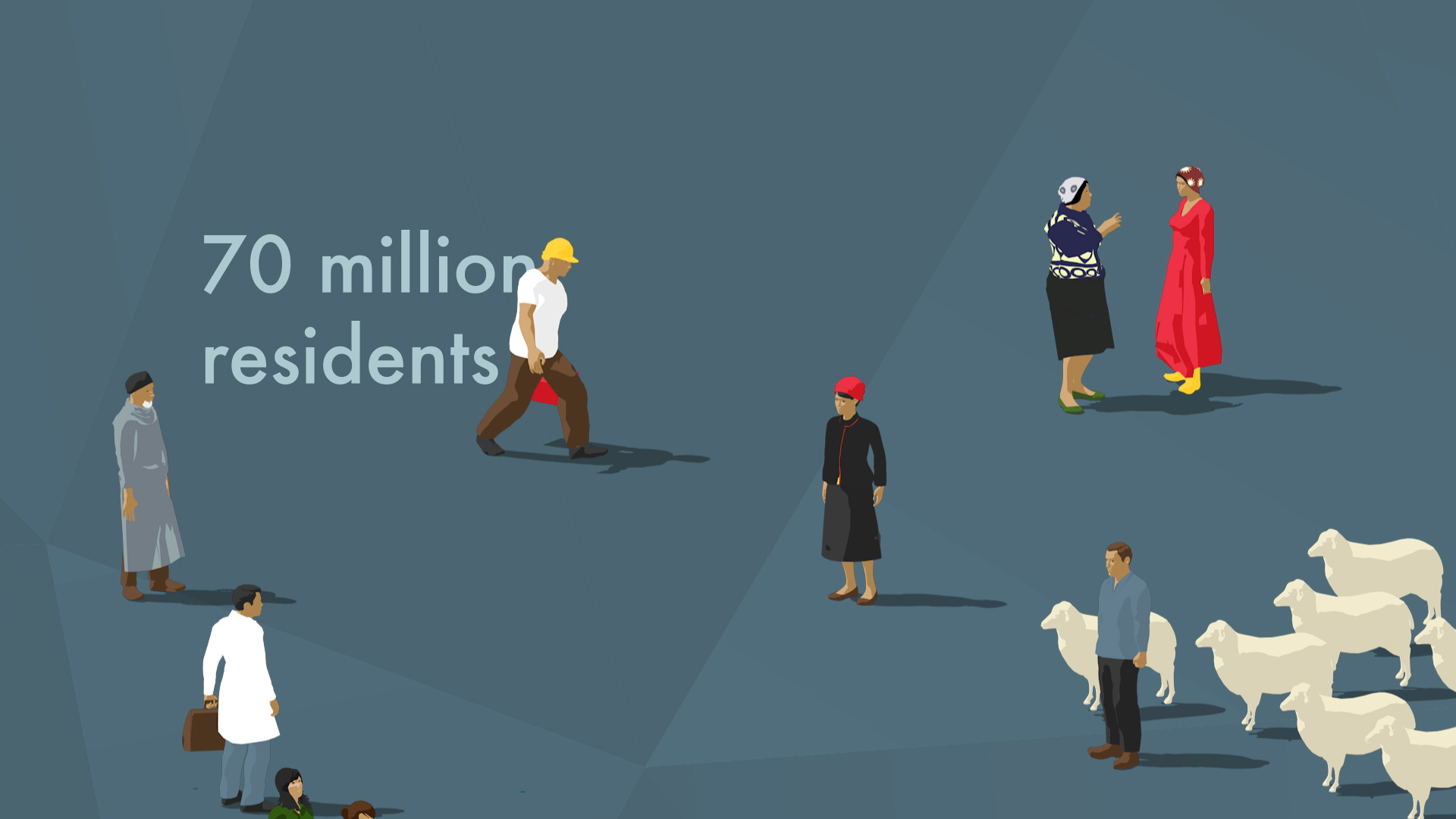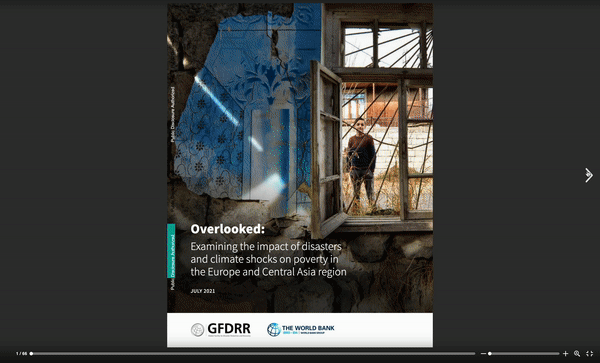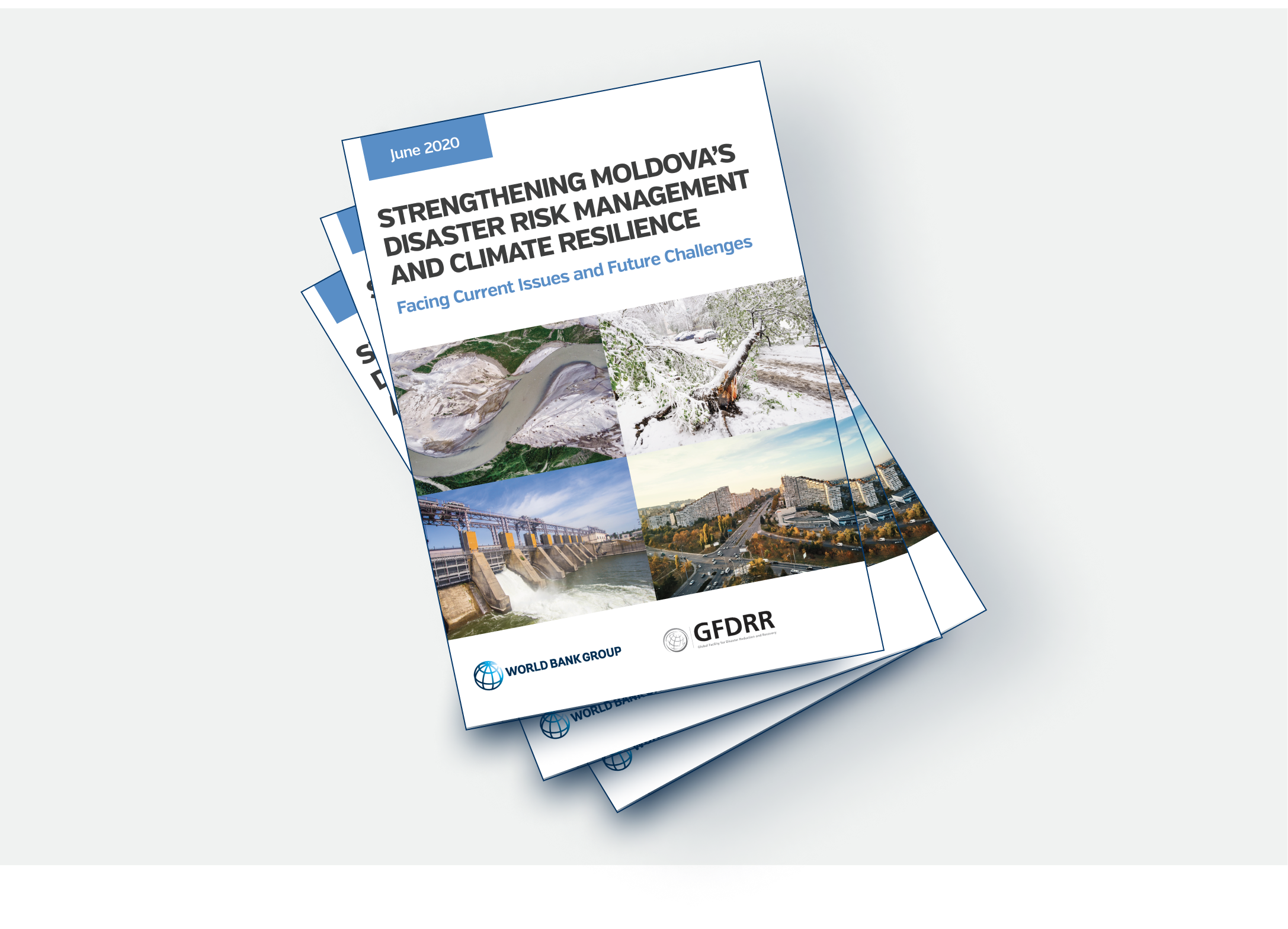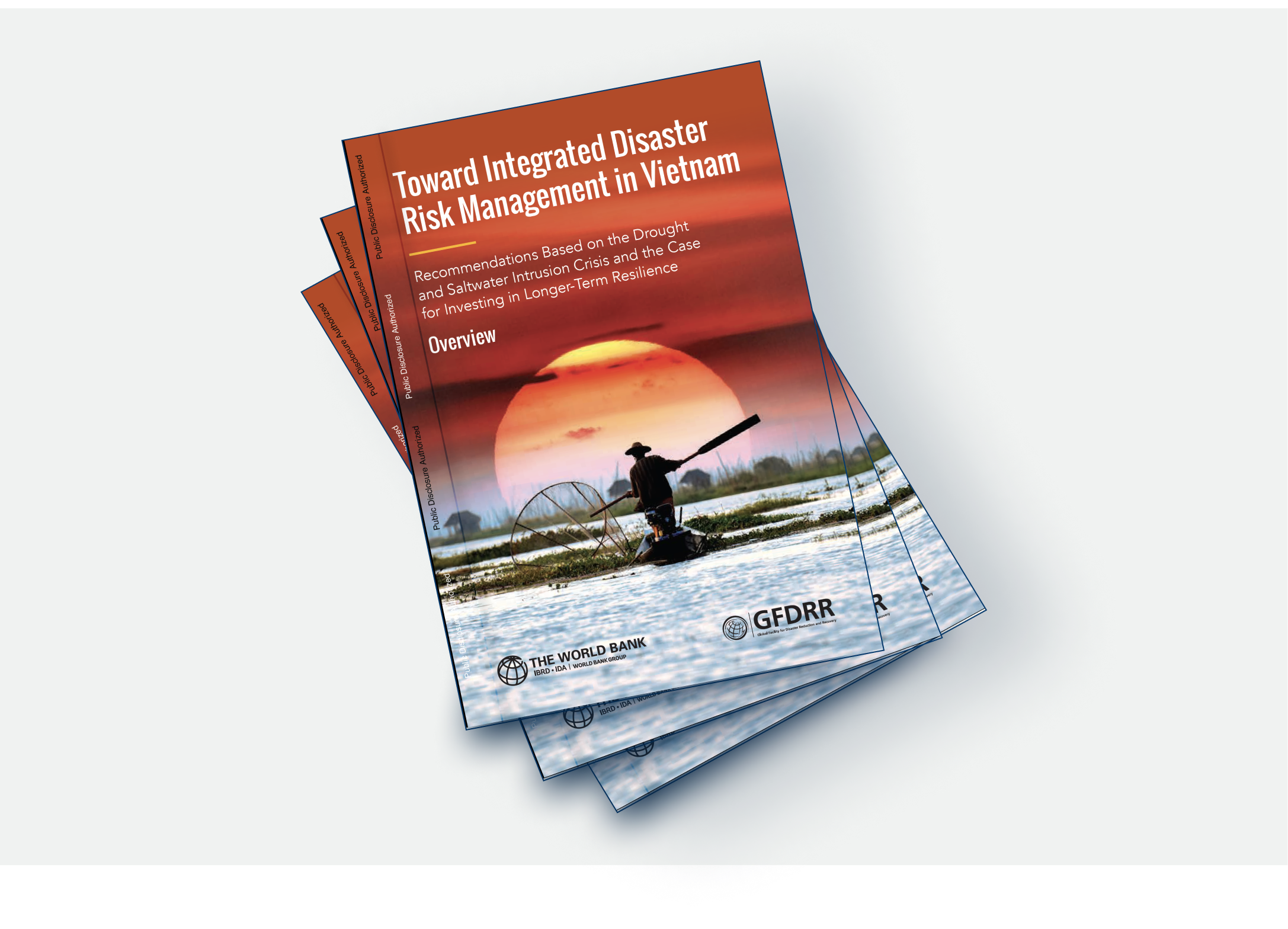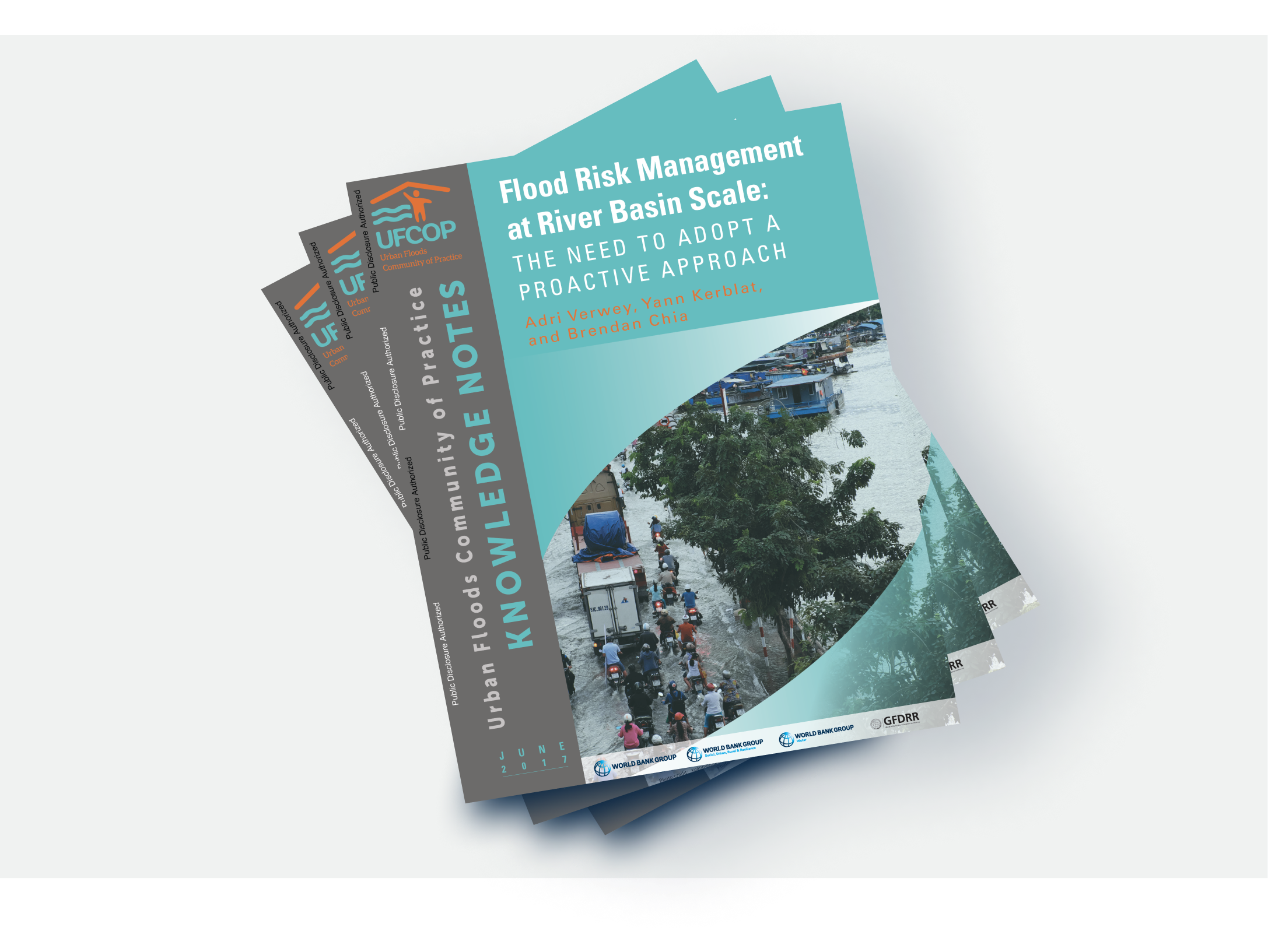Enhancing Knowledge Products with Visual Analytics & Actionable Insights
A collection of recent knowledge products that were commissioned to develop, share, or apply different types of information and data contents. Such outputs were designed not only optimize reader engagement but can also add analytical value and address significant information gaps.
This easy-to-understand overview of the weather and climate in Central Asia shows how weather and water information benefits society, and explains the roles and needs of meteorological and hydrological services. This Atlas produced and designed in collaboration with Zoï Network Environment can be used to inform decision-making, scope possible investments in development, and educate people.
This communication package produced in collaboration with Zoï Network Environment and Motchi Motion to celebrate World Meteorological Day (#WorldMetDay ) on March 23.
The 150-pages Atlas visualizes 32 Country "Risk Profiles" across the Europe & Central Asia region for flood and earthquake risks. This publication was developed in collaboration with Axis Maps and is based on quantitative risk assessments that are derived from global flood and earthquake models.
This report was designed by Paperplane and explores the links between disaster impacts and poverty levels in select countries across the Europe & Central Asia region.
This UFCOP Knowledge Note outlines key principles for flood risk management in river basins, that can be adapted for use by policymakers and project managers alike. It draws on a wide range of best practice case studies globally, where flood risk at the river basin scale has been well managed.
This report contains findings from a joint assessment conduced by the International Organization for Migration (IOM) and the Philippines' Department of Social Welfare and Development (DSWD) in the aftermath of Typhoon Haiyan (Nov 2013). Only 8% (53 out of 634) of all evacuation centers in the most affected municipalities in Eastern Samar area were found to be usable.

